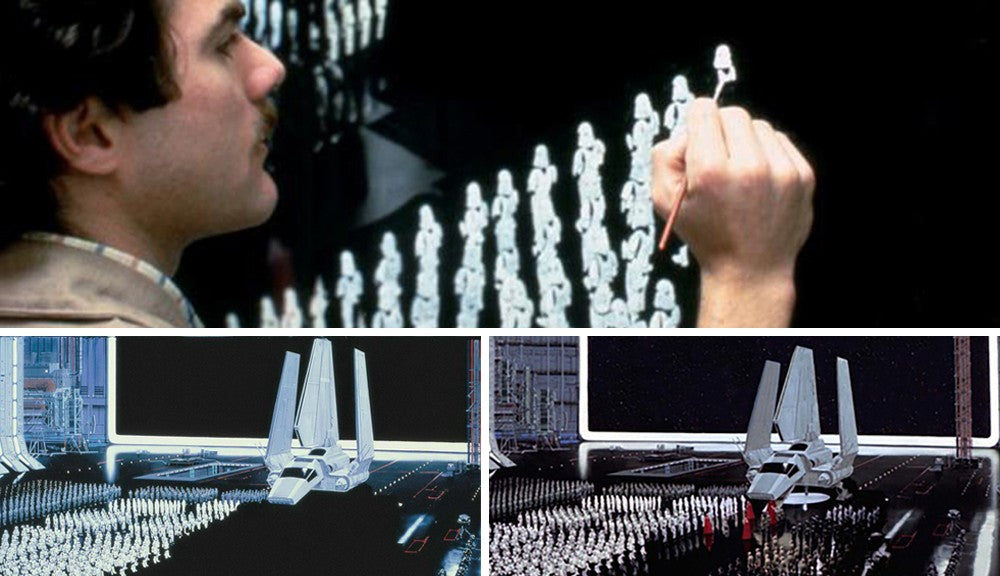
When we think of movie magic, we often conjure up images of CGI spectacles and dazzling special effects. However, long before computers revolutionised the industry, background scenes were hand painted by what was known as matte painting artists.
The Birth of Matte Paintings
Matte paintings first made their appearance in silent films of the early 20th century. These intricate artworks, painted on sheets of glass, created the illusion of expansive and awe-inspiring backgrounds. The technique was developed out of necessity, as filmmakers sought ways to transport audiences to far-off locales and fantastical worlds on a limited budget.
Art's Influence on Classic Movies
Matte painters were the unsung heroes of classic cinema, often working behind the scenes to enhance the narrative. Their works filled the screen with towering castles, alien planets, bustling cityscapes, and enchanting forests. Matte painters were tasked with seamlessly blending these hand-painted scenes with live-action footage, achieving a level of visual harmony that remains awe-inspiring to this day.
How Artists Transformed Star Wars
One of the most celebrated uses of matte paintings is in the original Star Wars trilogy. For "The Empire Strikes Back," an astonishing total of seventy matte paintings were meticulously crafted by just three artists: Ralph McQuarrie, Michael Pangrazio and Harrison Ellenshaw. These artworks, often framed within rectangular glass (with a quirky tidbit about shower doors being the preferred canvas), served diverse purposes.
Some patched up scenes, while others opened windows to a galaxy far, far away. The precision required in this art form is nothing short of astonishing. Housed on the second floor of ILM's "Kerner Optical" facility in San Rafael, California, the matte department embarked on their artistic journeys. These paintings, when combined with other elements, formed incredible effects.

A Timeless Craft
The legacy of matte paintings in movies endures as a testament to the power of artistic imagination. These painters left an indelible mark on the history of cinema, reminding us that the magic of movie-making is not confined to the latest technological advances but also found in the timeless craft of creating captivating and immersive visual experiences.
The brush strokes of matte painters may have faded, but their enchanting worlds and breathtaking vistas live on in the hearts of film enthusiasts, forever inspiring the storytellers of the future.

